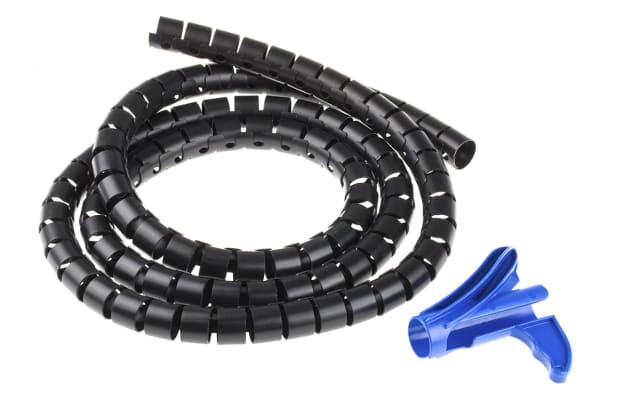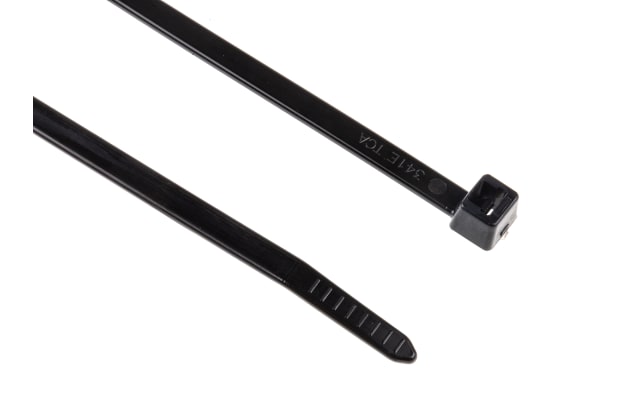- Published 5 Jan 2023
- Last Modified 29 Aug 2023
- 5 min
A Complete Guide To Cable Clips
In this guide, we’ll look the main uses and types of cable clips to help you decide which one is best for the job.

What are cable clips?
Cable clips are a handy way of securing longer runs of cabling and wiring to walls, furniture, along skirting, or behind/around other fittings and fixtures. They’re very widely used in both home and workplace settings, and indeed anywhere you’re likely to find lengths of wire running between components outside of a cabinet or other housing.
Cable clips are essentially a cable mounting and management tool, used for securing cables and wiring to fixed points. When used properly, they serve a convenient dual purpose. Firstly, they help make your home or professional environment look far tidier than they would with loose wires trailing. Secondly - and more importantly - they help keep both cables and people safe by guarding a common source of both electrical and trip hazards.
Of course, cable clips don’t have to be used solely for wires and cables. Particularly in larger sizes, they’re also ideal for securing heavier runs of conduit or tubing.
How to use cable clips
Using cable clips is often one of the simpler installation procedures you’re likely to come across in any DIY activity. By far the most common scenario involves a product with two key parts:
- a loop, hook or cradle for holding the wiring neatly in place
- a nail, pin or screw for affixing the cable clips themselves to a secure surface.
You may encounter slight variations in the exact design or method for attaching cable clips, and specific techniques for mounting and securing them will vary slightly from product to product. Girder cable clips, for instance, often hook or clip around metal girders or other ceiling beams to suspend the cabling run without the need to drill into or pierce the mounting surface.
Types of clips
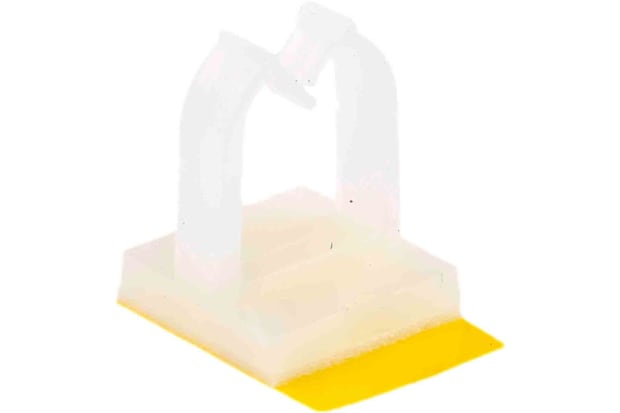
Self Adhesive cable clips
Self-adhesive cable clips are easy to mount as they don’t require nailing or pinning in place - you simply peel off a layer of backing to reveal a strong sticky surface, allowing you to affix the clips to your chosen surface in a matter of seconds. Different styles are available with varying strengths of adhesive pre-applied, depending on what gauge of wire it’s designed to hold in place.

Nail cable clips
Nail cable clips, also called wall clips, incorporate a nail or fixing pin within outer housing. Nail-in cable clips are very commonly used in both professional and DIY jobs, from tidying ethernet and TV cables to running wire for external lighting or power. They're available in round or rectangular designs in lots of sizes, shapes and materials, which adds to their popularity.
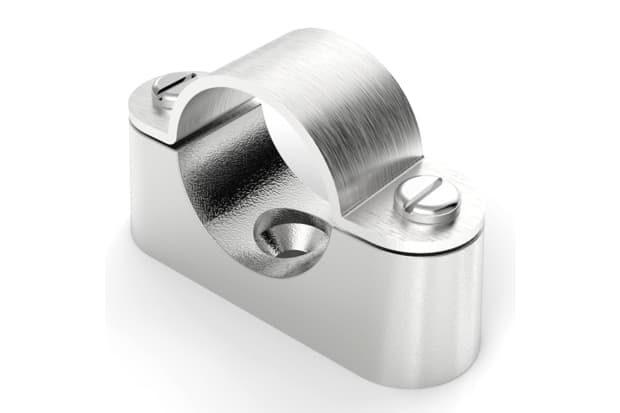
Screw in cable clips
Cable clips with screws are hard-wearing and able to secure heavier, thicker gauges of wiring and tubing. Examples include PMA conduits in machine installations, cabling within buildings as well as in food & bev industries in conduit runs for high-pressure washdowns. Screw cable clips also have benefits such as increased strain relief to lock nuts/bushes, allowing conduit to be terminated at a panel.
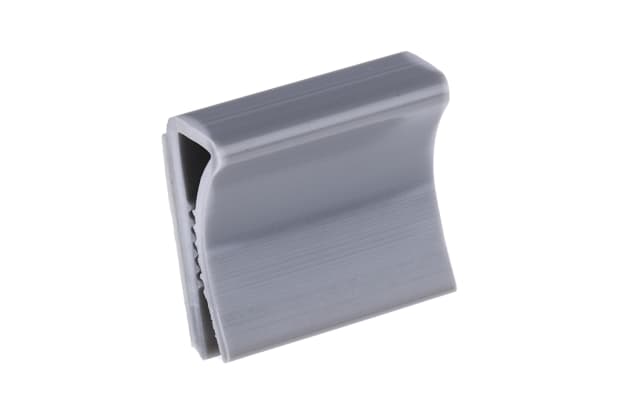
Flat cable clips
For holding ribbon or flat wires flush to walls and other fixtures, a rectangular-shaped flat cable clip set can be a convenient, secure and neat option. Commonly used with ethernet cables and other electrical wiring around the home, office and industrial environments. Flat cable clips can be supplied either in nail-down or self-adhesive varieties.
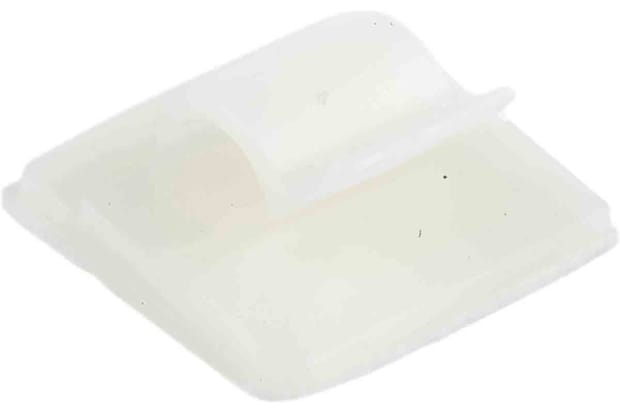
Round cable clips
Rounded cable clips are a very common and widely used fixing, in (and outside of) houses and workplaces all around the world. The most common type of round cable clip is the nail-in variety, but rounded wire clips are available in all almost any configuration depending on the application or environment, including both screw-down and self-adhesive types.
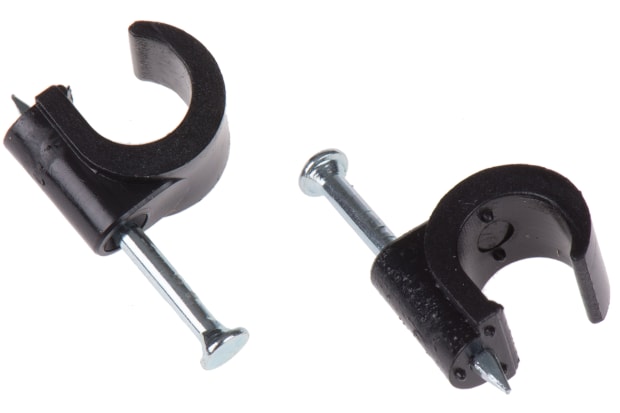
Coaxial cable clips
Home entertainment system and stereo wiring, along with telephone and internet cables, are among the most common reasons TV cable clips are used. Their design allows easy removal and repositioning of wire runs when there are changes. Popular types are the rounded push-pin or nail clip versions, in plain black or white plastic.

Saddle cable clips
Wire saddles are designed to give a secure mounting for cabling and often help to stand the wire runs slightly proud of the surface they’re affixed to. This can greatly reduce strain and chafing by helping to preserve a more natural contour. Saddle cable clips are commonly made from a variety of moulded plastics as well as metals. Snap-in bases and locking tops allow for adding or removing additional wires.
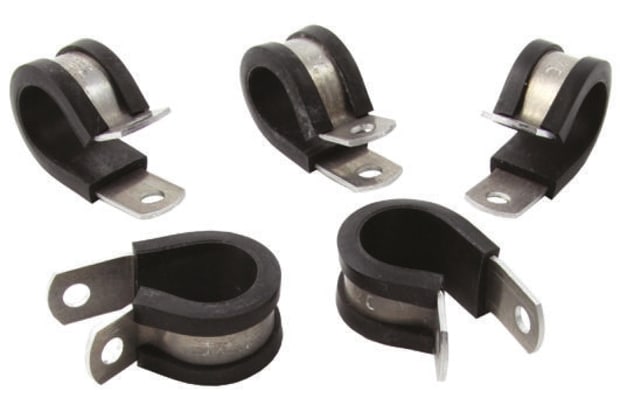
P cable clips
P clips are commonly used to securely hold cables, pipes, hoses and other conduits. They are easy to identify by their shape when closed, which looks like a letter ‘P’. They wrap around the bundle they are securing and are fixed into place, usually by a screw. A wide selection of materials and sizes are available to choose from depending on the bundle diameter and environment they will be used in.
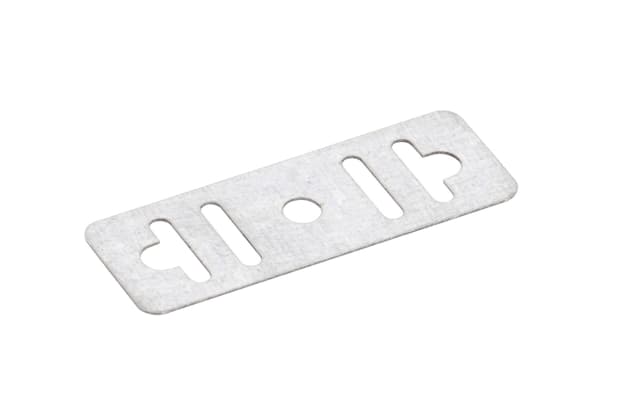
Metal cable clips
Metal cable clips are ideal for demanding industrial or manufacturing settings, as they're resistant to damage from chemicals and other environmental factors. They’re used in building escape routes, which are required to resist early collapse during fires as well as outdoors where they’ll be exposed to UV light. Popular materials include steel cable clips, stainless steel cable clips and brass cable clips.
Cable clip sizes and colours
The ideal size of cable clip for any given job will of course depend largely on the thickness of wire, tubing or conduit you’re looking to run through it. It’s also worth considering the type of environment the cabling run will be secured in, to determine what cable clip size or gauge will be most appropriate for any given scenario.
You might like to consider whether or not you’re likely to want to add any further wiring along the same run in future, as certain clip types and sizes allow for this more easily than others that might have been selected to give a very tailored fit.
While a variety of especially large cable clips are available for securing much heavier runs of tubing or conduit than you’d normally expect to encounter outside of demanding industrial settings, some of the most common sizes of cable clips found in day-to-day home and professional use include:
Cable clips colours
Cable clips are available in a wide variety of materials and hues for all manner of home, office and outdoor settings. It’s far more common to find the classic nail-in plastic-type wire clips being sold in either black, white, grey or beige/brown than any other colour.
As black cable clips or white cable clips are generally each selected for their ability to blend in with mounting surfaces or cabling runs, the best option will normally be to pick whichever colour appears the more neutral and unobtrusive for your individual taste and environment.
Product spotlights
Use these links to shop popular related products:


